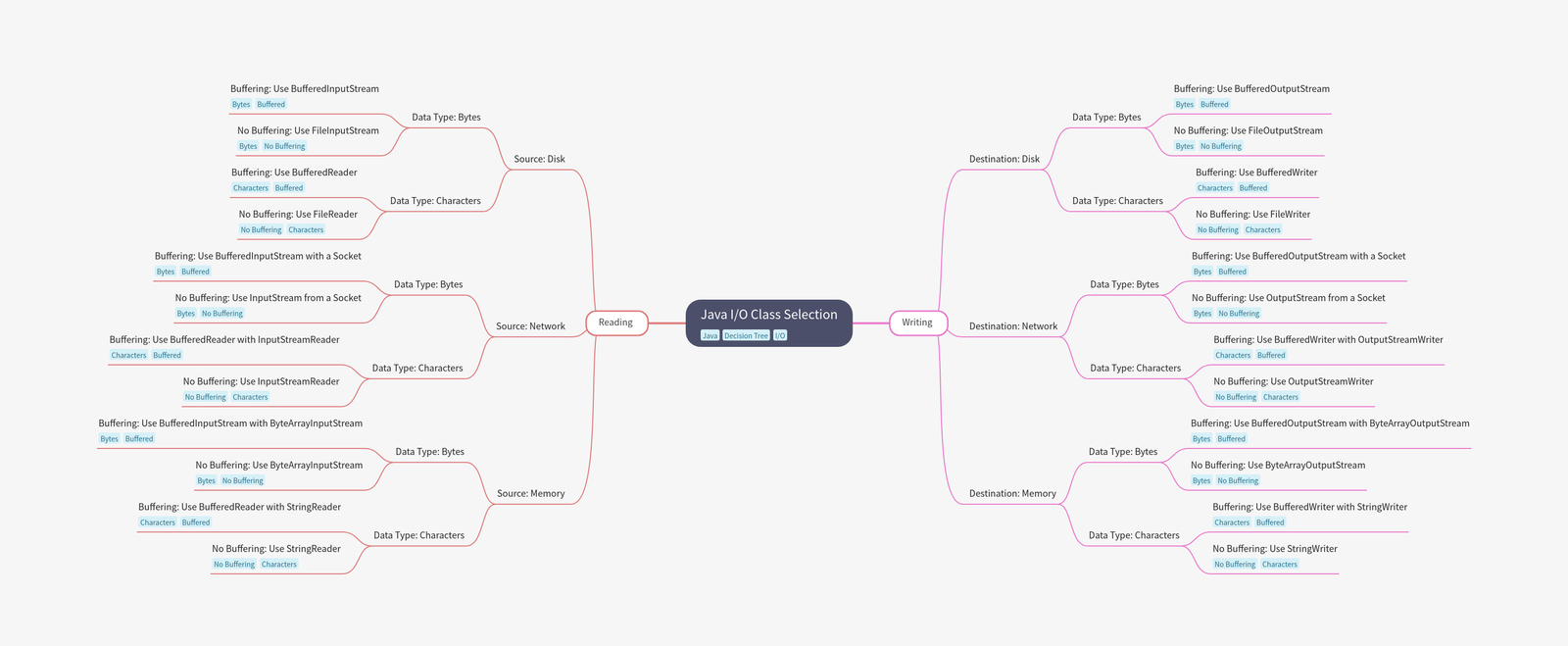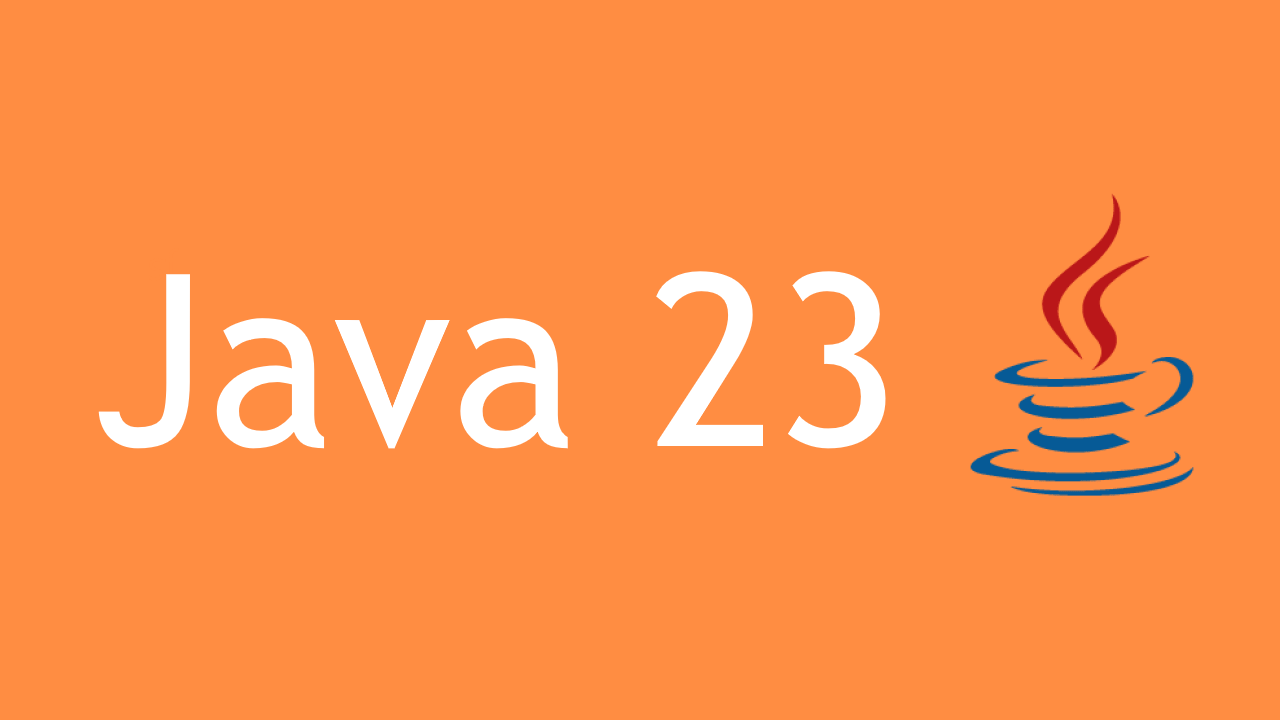A Comprehensive Overview
In todays tip we will cover again the topic of date in java, and this time we will discuss dates difference in Java
Date and time manipulation is a fundamental aspect of many software applications. Java, as a versatile and widely used programming language, provides robust tools for managing and calculating date differences through its java.time package. In this article, we will explore how to calculate the difference between two dates in Java, leveraging key classes such as LocalDate, LocalDateTime, and ZonedDateTime.
Introduction to LocalDate for Basic Date Calculations
The LocalDate class in Java represents a date without time, making it suitable for simple date-based calculations. It allows users to calculate the difference between two dates in terms of years, months, and days.
Code Example: Basic Date Difference
import java.time.LocalDate;
import java.time.Period;
public class DateDifference {
public static void main(String[] args) {
LocalDate startDate = LocalDate.of(2020, 1, 1);
LocalDate endDate = LocalDate.now();
Period period = Period.between(startDate, endDate);
System.out.println("It has been " + period.getYears() + " years, "
+ period.getMonths() + " months, and "
+ period.getDays() + " days since " + startDate + ".");
}
}Here is the explanation :
- Date Initialization: We define two dates using
LocalDate.of()andLocalDate.now().LocalDate.of()allows us to specify a date, whileLocalDate.now()captures the current date. - Date Difference Calculation: The
Period.between()method calculates the difference between the two dates. - Output: The result is printed in terms of years, months, and days.
Extending Precision with LocalDateTime for Time-Based Calculations
For applications that require a higher degree of precision, including hours, minutes, and seconds, the LocalDateTime class is appropriate. This class extends the capabilities of LocalDate by incorporating time information.
Code Example: Date Time Difference Calculation in java
import java.time.Duration;
import java.time.LocalDateTime;
public class DateTimeDifference {
public static void main(String[] args) {
LocalDateTime meetingTime = LocalDateTime.of(2024, 3, 4, 14, 30);
LocalDateTime now = LocalDateTime.now();
Duration duration = Duration.between(meetingTime, now);
long days = duration.toDays();
long hours = duration.toHours() % 24;
long minutes = duration.toMinutes() % 60;
long seconds = duration.getSeconds() % 60;
System.out.println("It has been " + days + " days, " + hours + " hours, "
+ minutes + " minutes, and " + seconds + " seconds since the meeting.");
}
}Here is the explanation :
- Date and Time Initialization: The
LocalDateTime.of()method specifies both date and time. - Time Difference Calculation: The
Duration.between()method calculates the exact time difference, including hours, minutes, and seconds. - Detailed Breakdown: We convert the duration into days, hours, minutes, and seconds to provide a comprehensive time difference.
Handling Time Zones with ZonedDateTime for Global Applications
In scenarios where time zones are important, such as scheduling events across different regions, the ZonedDateTime class becomes crucial. It allows for accurate date and time calculations by incorporating time zone information.
Code Example: Time Zone Calculations
import java.time.ZonedDateTime;
import java.time.temporal.ChronoUnit;
public class ZonedDateDifference {
public static void main(String[] args) {
ZonedDateTime launchInNY = ZonedDateTime.parse("2024-03-04T14:30:00-05:00[America/New_York]");
ZonedDateTime launchInLondon = ZonedDateTime.parse("2024-03-04T19:30:00+00:00[Europe/London]");
long hoursBetween = ChronoUnit.HOURS.between(launchInNY, launchInLondon);
long minutesBetween = ChronoUnit.MINUTES.between(launchInNY, launchInLondon) % 60;
System.out.println("The time difference between New York and London is "
+ hoursBetween + " hours and " + minutesBetween + " minutes.");
}
}- Time Zone-Specific Dates: We initialize the
ZonedDateTimeobjects using theparse()method, which includes time zone information. - Calculating Differences: Using
ChronoUnit.HOURS.between()andChronoUnit.MINUTES.between(), we can calculate the time difference between two time zones accurately. - Output: The result provides the exact time difference, factoring in time zones.
Java’s date and time API provides powerful tools for handling date differences, whether dealing with simple date calculations or complex time zone conversions. By utilizing LocalDate, LocalDateTime, and ZonedDateTime, developers can solve a wide range of temporal challenges. Key considerations include selecting the appropriate class based on the level of precision required and accounting for time zone differences in global applications.






Leave a Reply